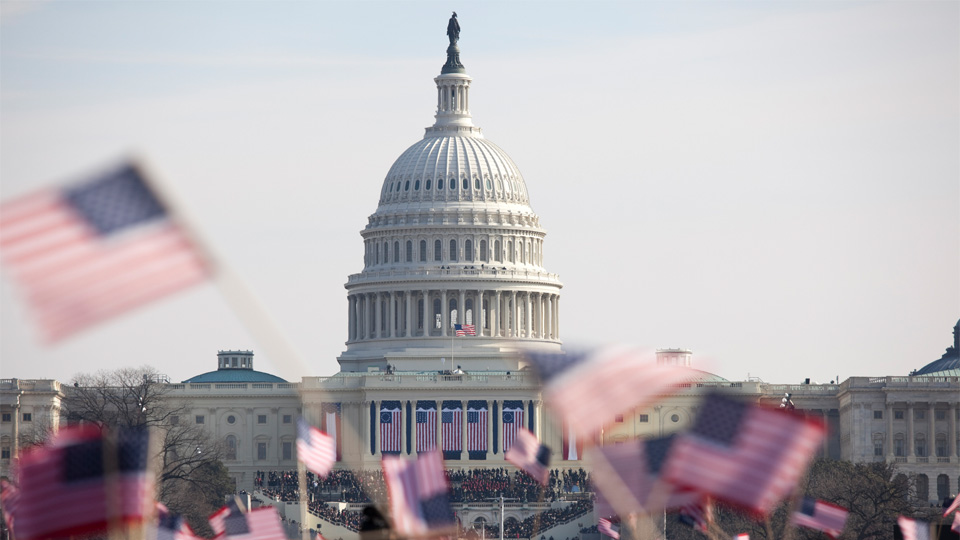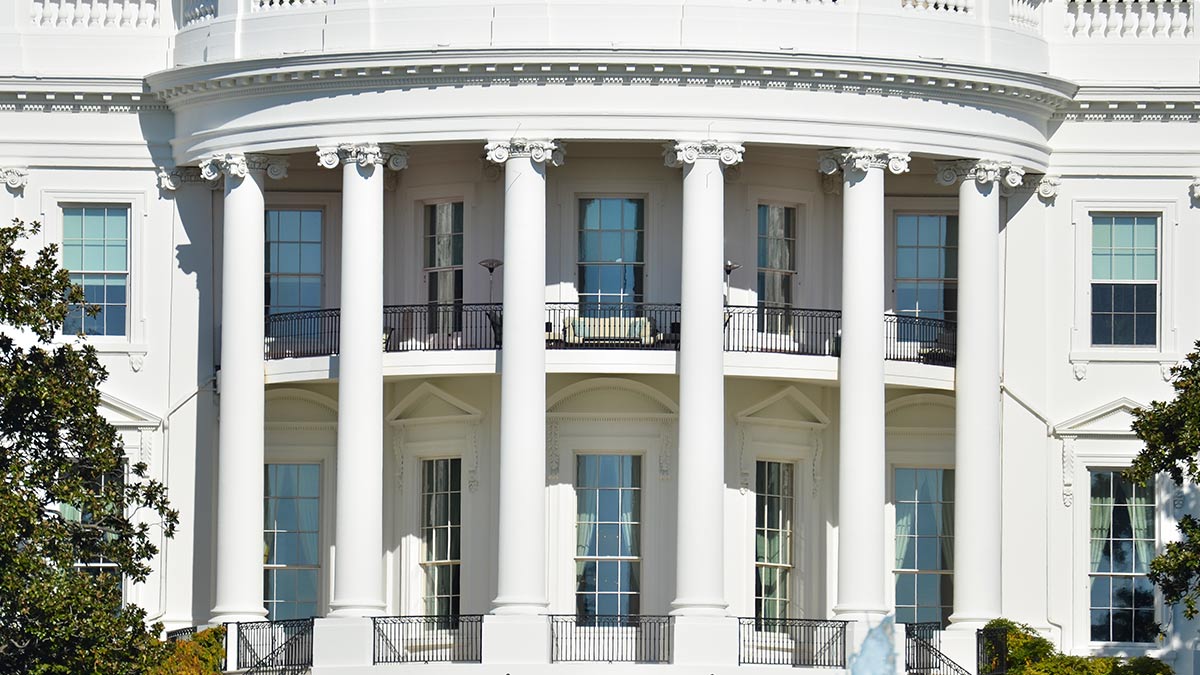President Joe Biden’s announcement Sunday to not seek the Democratic nomination for President capped a busy week in American politics on the heels of the Republican National Convention in Milwaukee, Wisconsin. In our role as capital market analysts, we seek to provide clients and prospective clients with the potential impacts geopolitics have on financial assets. This piece, like all capital market views we produce, is completely apolitical and in that spirit, we share our initial thoughts and will update you on further developments as they unfold.
In our initial view, President Biden’s announcement will have limited implications on capital markets in the very near term. While Vice President Kamala Harris is expected to be the party’s Presidential nominee, considerations like running mates and major platforms await. As our historical analysis has shown, political outcomes tend to have the most significant implications on domestic equity markets when elections yield a split between the legislative and executive branches. Our working hypothesis is the upcoming Presidential and Congressional elections will likely have larger implications on sectors (such as the Technology and Energy sectors) than broad equity or bond markets. To that end, since the June 27 debate between former President Donald Trump and President Biden through Friday, July 19, the S&P 500 is up less than a half of one percent and bonds as measured by the Bloomberg U.S. Aggregate Bond Index are up three quarters of a percent. While these are solid annualized returns, they do not reflect macro markets taking a large directional cue from politics. Sectoral implications have been more meaningful, and we expect that to be the case as more details emerge across each party.
The primary factors we are evaluating for major asset classes include foreign policy, especially as it pertains to trade, tax policy and its implications for economic growth and indebtedness, and regulatory considerations across key sectors. Additionally, inflationary policies that could keep the U.S. Federal Reserve (Fed) retaining higher interest rates and ultimately impact consumer and business activity are concerning. While both parties tout their policy platforms’ benefits, we remain focused on asset price implications.
We continue to see the interrelatedness of consumer activity and interest rates as the key capital market drivers. Markets responded to consumer prices dropping for the first time in four years based on Bureau of Labor Statistics data, especially more benign shelter costs, a week-and-a-half ago. Markets also responded favorably to a more tepid job market with positive earnings growth but some moderation in hiring trends. Simmering consumer inflation is a key tenet to lowering interest rates, and this week represents the one-year anniversary of the Fed raising interest rates to their current target range between 5.25% and 5.50%.
We have used the analogy that interest rate targets from the Federal Reserve are akin to the ramp on a treadmill; the higher the ramp and the longer it remains elevated, the more likely the runner (in this analogy consumers and businesses) will slow down. We see evidence of a slowing consumer and a Federal Reserve looking to gradually lower the treadmill’s ramp. Gradually decelerating job growth has the potential to place further pressure on consumer spending if the current trajectory persists. Inflationary policies that could push prices higher or add to the U.S. economy’s debt burden may force the Fed to hold off on making cuts, which could impact consumer spending and corporate profits.
Our focus goes beyond the United States. Recent elections in France, India, the U.K. and several other countries reflect a focus on politics while global central banks like the Federal Reserve transition from raising interest rates to cutting them. We remain focused on the macro interplay of central bank policies and political dynamics along with sector implications across key sectors like Technology, Financial Services and Energy. With the Republican nominees for President and Vice President secured and the Democratic nominees looking to shore up into the Democratic National Convention in late August, we anticipate clearer policy implications for capital markets, more economic data gauging consumer and business health, and a busy corporate earnings season to help us continue in our goal of improving your odds of success. As always, please do not hesitate to ask if we can answer anything specific to your financial situation or other questions you may have about the current capital market environment.
View PDF version



